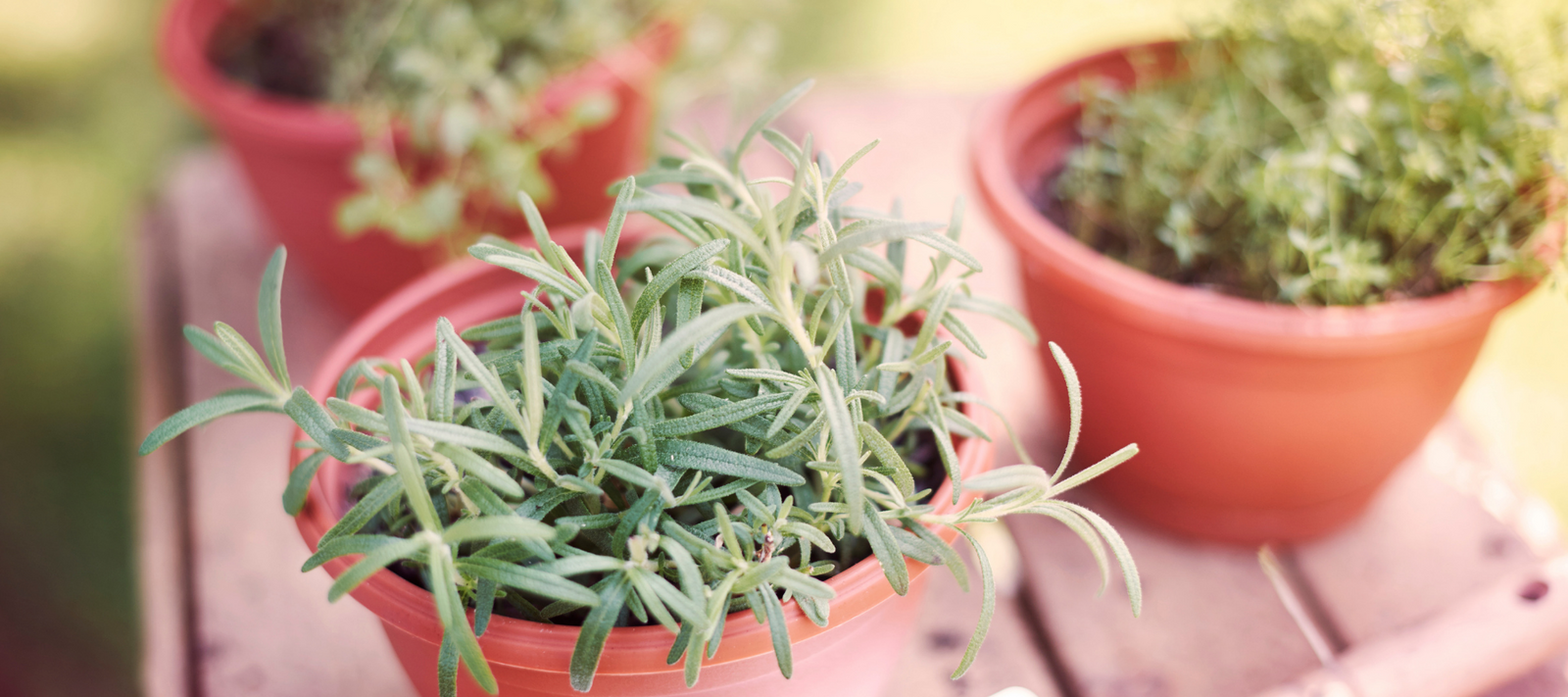
Let’s face it, our gardens are shrinking if not disappearing.
Even if we have a garden of our own, chances are, unlike our parents, we will be on the move many times and unlikely to put down roots. There is nothing worse than leaving a garden you have developed over years, just as carefully nurtured fruit trees begin to bare.
If we are to grow food plants, we need a moveable feast; pot plants are the answer. Like the Turkish rug or family heirloom, they are the pieces we can take with us from house to house that make up our home. In the world of edibles, nothing fits this niche better than herbs.
Freshly picked herbs have an almost alchemical ability to invigorate a meal and give the true sense of home cooked. Most culinary herbs evolved in Mediterranean climates in rocky ground, on cliff edges by the sea. They are pre-adapted to a contained life on a windy balcony or courtyard. Even if you are limited to a sunny window sill, it is possible to grow basil, parsley or coriander.
If growing indoors, microgreens are the best approach. These can be grown quite effectively and attractively in a ceramic dish. There are now even indoor urban farms that grow microgreens as commercial crops under artificial light.
As far as care goes, herbs are far more forgiving than vegetables. Once established, water stress and heat can distil the pungency of herbs. If the same neglect was meted out on lettuce, the result would be an unpalatable, bitter crop.
Most often it is kindness that kills herbs in pots: too much water. They are susceptible to root rot when faced with the pariah of the pot, over wintering in a waterlogged saucer. So really herbs are the ideal, low-maintenance flat mates — they won’t drink your milk and you will actually want to take them with you on your next move.
Top ten herbs to grow in containers
Parsley
Be patient with parsley from seed. It takes time to germinate. Once it gets going, being a biennial, you will have it for two years.
It lingers after flowering so once it has flowered be ruthless and replace it with a fresh planting. ‘Curlina’ wins for looks but Continental parsley can’t be beaten for taste.
Sage
Works well from seed or tubes. Variegated sage adds an ornamental touch to a herb planting. It resents wet feet. Keep it dry over winter.
Rosemary
This is one of the best bullet-proof herbs to grow and most versatile in cooking. Consider using hanging rosemary to add another dimension to a mixed herb pot. Thrives on neglect.
Thyme
Both common and lemon thyme work well as ground covers in mixed herb pots. Responds well to regular dividing and repotting.
Chives
Well, here is a bit of too much information about me — I am fructose intolerant. Chives are the perfect substitute for onions that are the bête noire of the fructose malabsorber.
Best grown in a wide shallow pot, it is the classic “cut and come again” herb. Chive flowers are a delight and a delicious garnish.
‘Mountain Chives’ are a winning mix of rarity, beauty and culinary delight, making this the ultimate chive for the kitchen garden.
Bay
Makes an attractive statement in a pot. It responds well to clipping and can be pruned into espalier or cone forms, if that floats your boat. I have used one as a Christmas tree!
Far better than the desiccated leaves stuck somewhere at the back of your spice rack. Needs a reasonable size pot — a bare minimum would be 30cm. A long-lived plant, replenish with potting mix every few years.
Coriander
Fresh coriander is essential for Mexican and Asian dishes. It does run to seed over hot weather. A good one to sow as the weather cools. Regardless, the trick is to pick it young and keep sowing more. I have never heard of anyone having too much coriander.
Basil
The taste of summer. Nothing better than having enough to make your own pesto. Basil is highly productive but needs more water and fertiliser than most herbs when kept in a pot.
Mint — A thug in the garden, mint really suits containers even if you are on acreage. Unlike most of the others, it loves waterlogging.
It also responds well to fertiliser. Moroccan mint on hand means you can make your own tea or, if your day needs more zing, a mojito.
Sorrel (Bloody Dock)
It's worth it for the name alone. Although not so common, a small bit of sorrel imparts a citrusy zing.
The red form is also highly decorative. It does well in shadier positions and enjoys a good drink.


